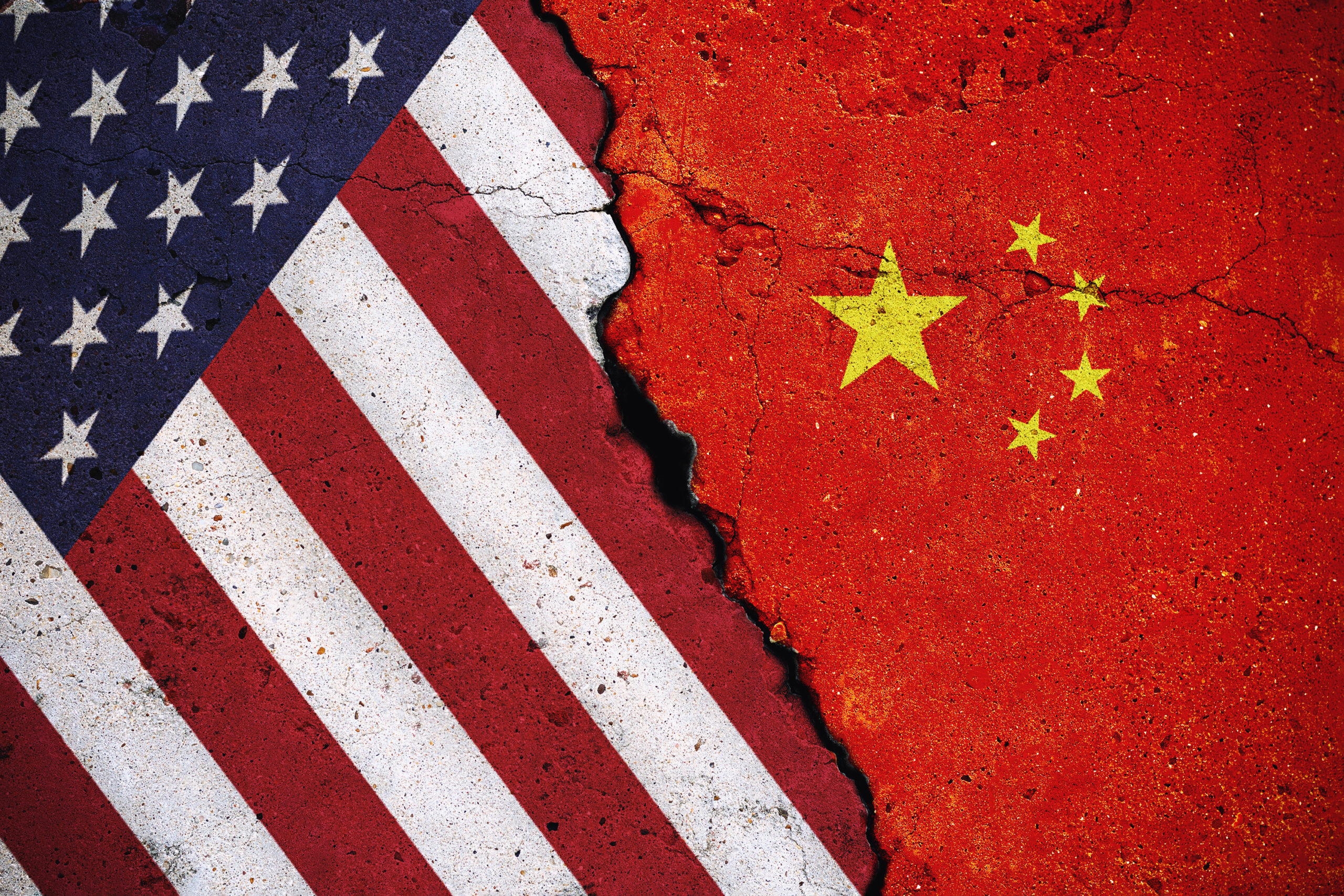The Backyard We’ve Ignored
I spent a good portion of my intelligence career watching countries shift alliances, and not because of conventional warfare. Not overnight, not with fanfare, but quietly, incrementally, through trade deals leading to favorable votes at the UN, infrastructure projects, and economic entanglements. Nowhere is this more evident than in Latin America.
For decades, the U.S. treated the region like an afterthought—close enough to influence but not important enough to prioritize. That was a mistake. Because while Washington was distracted by wars in the Middle East and economic competition in Asia, Beijing moved in—methodically, patiently, and with a strategy we should have seen coming. Lesson plan right our of Sun Tzu.
China’s Playbook: No Troops, Just Terms
Let’s be clear: China doesn’t need a military presence in Latin America to gain control. It uses loans, construction contracts, and commodity agreements. The Belt and Road Initiative (BRI) may not make headlines anymore–just as Beijing prefers–but it’s alive and well in the Western Hemisphere.
Ports, highways, power grids, and rare earth mining and processing plants—China is building or financing them all. These aren’t acts of charity. They’re moves in a long game of access and influence. Countries like Ecuador, Argentina, and even El Salvador are accepting billions in Chinese investment, often under terms that lock them in for decades.
This isn’t about ideology. It’s about dependency. And once a country is economically tied to Beijing, political alignment often follows. Let’s call it Economic Warfare.
What Happened to the Monroe Doctrine?
There was a time when any serious foreign encroachment in Latin America would’ve triggered a sharp U.S. response. But today, the Monroe Doctrine feels more like a museum piece than an active policy. The shift isn’t just about will—it’s about attention span.
The U.S. has spent the last two decades focused on the Middle East and pivoting toward the Indo-Pacific, and for the past 3 years intensely involved in Central Europe. That may make sense in terms of immediate military threats, but strategically, it’s left our own hemisphere vulnerable to economic and ideological influence from adversaries who don’t need bullets to win.
It’s not that we need to dominate the region. We just need to show up again—with more than rhetoric. Civil engineers, not Green Berets. That is what the Chinese do.
Peru Is a Case Study
Take Peru, for example. It’s rich in copper and lithium—resources that China needs to power its green energy and defense ambitions. Chinese firms have aggressively moved into the mining sector there, signing long-term extraction deals and buying out local operations.
The U.S., meanwhile, offers little in the way of meaningful alternatives. We’re quick to lecture on corruption and governance, highlight narcotrafficking and the occasional terrorist, but slow to offer competitive infrastructure or trade packages.
And who do you think wins that competition? The country offering concrete benefits now—or the one offering conditions and lectures later?
Intelligence Isn’t Just About Secrets
One of the lessons I’ve taken from my career is that strategic blindness isn’t always caused by a lack of classified intel. Sometimes, it’s a failure to connect the obvious dots.
When your adversary is quietly expanding influence in countries you consider friendly—or at least neutral—you don’t need a wiretap to see the problem. You need better attention. Better analysis. Better follow-through.
We should have been watching the contracts, not just the coups. Tracking port acquisitions, not just troop movements. Understanding the political shifts tied to mining interests, not just party lines. And we should have been offering competitive partnerships—not just reactionary pushback.
What the U.S. Can Still Do
We haven’t lost Latin America—not yet. But regaining ground will take more than defense pacts and foreign aid. It will require a total reframing of how we engage with the region.
- Invest in economic alternatives. If we don’t want countries taking Chinese money, we need to give them better options. This includes trade incentives, infrastructure partnerships, and investment in critical supply chains.
- Rethink development diplomacy. It’s not about pouring money into NGOs. It’s about strategic economic alignment—with transparency, speed, and shared benefits.
- Use intelligence to get ahead. We need to track the long-term economic and political consequences of Chinese influence in Latin America the same way we track military buildups elsewhere.
- Talk less, listen more. Latin American countries don’t want to be pawns. They want to be respected partners. The more we treat them that way, the more influence we’ll retain.
Final Thoughts
People tend to view competition between the U.S. and China as something playing out in the South China Sea or in tech labs in Silicon Valley. That’s short-sighted. The next major strategic surprise may not come from Asia—it may come from our own hemisphere, in the form of alliances and dependencies we failed to prevent.
Latin America is at a crossroads. And so are we. If we want to remain the lead actor in global affairs, we can’t afford to treat our neighbors like second-tier priorities. Influence isn’t permanent. It’s earned. And it can be lost.
I’ve seen it happen before, and I’d rather not see it happen again.
